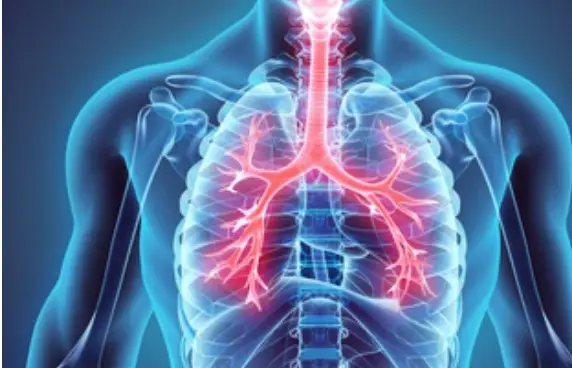 Welcome
Welcome
“May all be happy, may all be healed, may all be at peace and may no one ever suffer."
Secondary skin infections - Generics
Secondary skin infections refer to bacterial or fungal infections that develop in the skin as a result of a pre-existing skin condition or injury. These infections can occur when the skin's protective barrier is compromised, allowing harmful microorganisms to enter and multiply.
Common examples of skin conditions that can lead to secondary skin infections include eczema, psoriasis, and dermatitis. Injuries such as cuts, burns, and insect bites can also provide a pathway for bacteria and fungi to infect the skin.
Symptoms of secondary skin infections may include redness, swelling, pain, and pus-filled blisters or lesions. Treatment typically involves topical or oral antibiotics or antifungal medications, depending on the type of infection.
Prevention of secondary skin infections involves proper wound care, maintaining good hygiene practices, and managing underlying skin conditions effectively to prevent flare-ups and exacerbations.

Benzodiazepine overdose

Familial adenomatous poly...

Induction of anesthesia
Nocturnal leg cramps

Latent tetany

Asthma prophylaxis

Vitamin E deficiency and...

Gastrointestinal disorder...
Secondary skin infections, গৌণ সংক্রমণ
To be happy, beautiful, healthy, wealthy, hale and long-lived stay with DM3S.